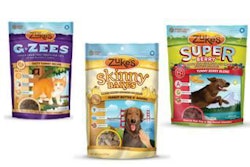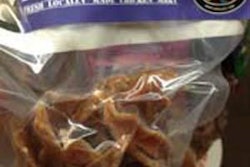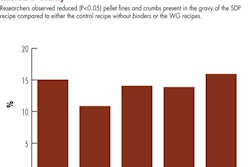Recent news that Phillips Pet Food & Supplies is exploring a sale of the company, as reported by Reuters.com, may further consolidate an already rapidly compressing pet specialty distribution channel in the US. What does this mean for the distribution and retailing of petfood?
While Phillips Pet Food & Supplies is family owned and operated, it has benefited in recent years from outside investment by venture capital firms, allowing it to go on its own buying spree, according to an article in the August issue of Pet Business magazine by Mark Kalaygian, editor in chief. "What was once a competitive field of mid-sized regional distributors now has two of its major players racing from opposite coasts to become national powerhouses," he wrote. "Fueled by outside investment, Animal Supply Co., based in Federal Way, Washington, and Easton, Pennsylvania-based Phillips Pet Food & Supplies have both made a number of high-profile acquisitions of other distribution companies over the past few years, including Lone Star Pet Supply (Animal Supply Co.) and Super-Dog (Phillips)."
This consolidation has significant implications for pet retailers (Pet Business's core audience), especially small, independent pet stores, Kalaygian noted. A fewer number of larger distributors could make it more difficult for independents to maintain the variety of products they use to differentiate themselves from large pet store chains. That differentiation is often noticeable among petfood products; some independent pet stores will carry only petfood brands or lines that are not sold in the large chains. At the same time, some smaller petfood manufacturers and marketers base their business strategy on selling only to the independent pet retail channel.
Thus, those petfood companies could also find themselves affected by the distributor consolidation. "If you can't do mult-imillion-dollar business with these guys, they don't want to allocate the space or sales resources to your products," said Jack Drasner, president of Prism Sales, a company that helps pet product manufacturers expand their retail distribution. (He was quoted in the Pet Business article.) Drasner claimed that some product lines selling at only the million-dollar level were no longer being carried by the large distributors, though he did concede that in some cases, slower-moving products in the lines caused the delisting.
Blaine Phillips, CEO of Phillips Pet Food & Supplies, was also quoted in the article and disputed that his company's growth by acquisition meant fewer opportunities for smaller retailers and manufacturers. "You would be surprised how many vendors we support that do less than US$20,000 a year," he said, adding that the company's model after making an acquisition is quite the opposite of reducing SKUs or vendors it carries. "When we make acquisitions, typically what happens is our brand mix expands," Phillips said. At that point, the company offered more than 40,000 unique SKUs from 500 different vendors, he claimed. (This is for all pet products, not just petfoods.)
It will be interesting to see if and how this model changes if the company is sold and how that sale would further affect the pet retailing landscape. Most experts, including Steve King, president of the Pet Industry Dealers Association, predict distributor consolidation will continue, with King noting that there are only about 50 distributors serving the US pet specialty channel today, compared to about 150 a decade ago.
Pet distributor consolidation will be the topic of a new discussion session, led by Kalaygian, during Petfood Forum 2014 on Wednesday, April 2. Meanwhile, what is your company's experience? Is the consolidation in the US pet specialty channel affecting your products and their space on retail shelves?
















